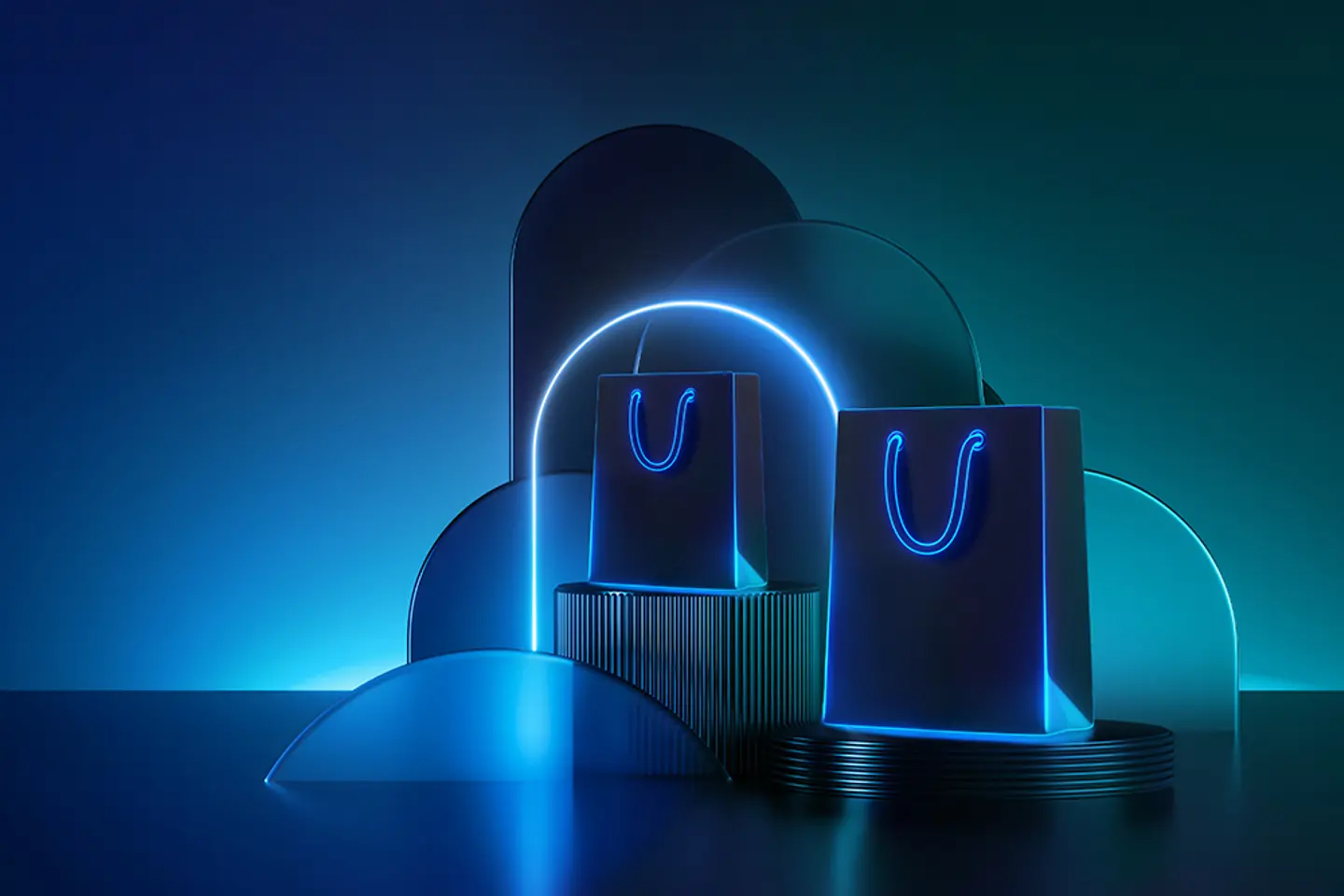
It is mandatory to embrace Industry 4.0 digital transformation for retailers looking to thrive in an increasingly competitive and environmentally conscious world. By embracing digitalization in supply chain management, connecting with customers and staff in new ways, modernizing IT infrastructure, and prioritizing sustainability, retailers can pave the way for a brighter and more sustainable future.